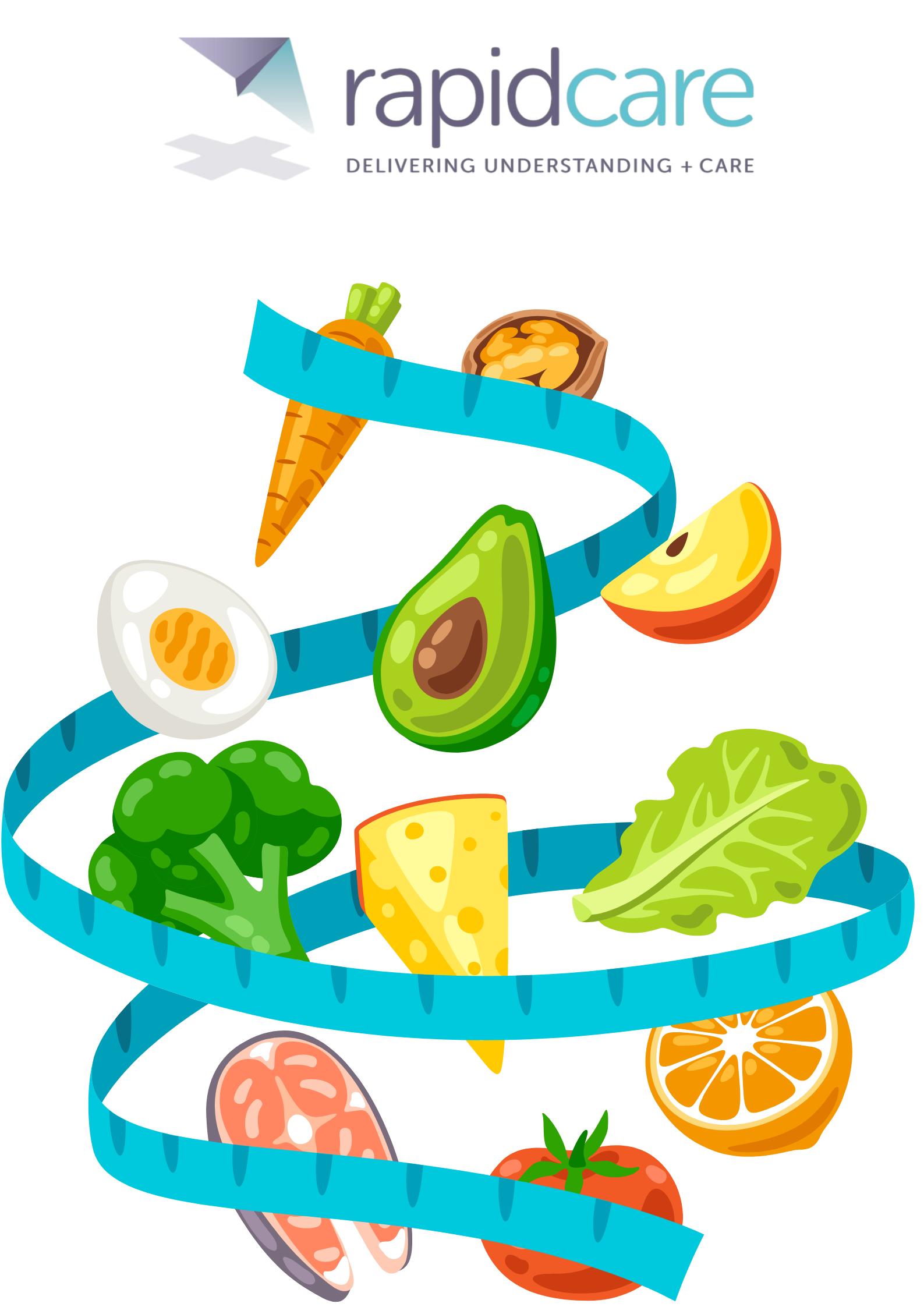In recent years, the low-carb, high-fat (LCHF) diet has emerged as a compelling strategy for individuals seeking sustainable weight loss. Unlike conventional low-fat diets, the LCHF approach challenges traditional nutritional paradigms by prioritizing the reduction of carbohydrates and the increased intake of healthy fats. This dietary shift has sparked significant interest within the scientific community, prompting a surge of research aimed at understanding its efficacy and mechanisms. This article delves into the science underpinning the LCHF diet, examining the physiological processes it influences, its impact on metabolism, and its potential for long-term slimming success. By dissecting current studies and analyzing empirical evidence, we aim to provide a comprehensive overview of how this diet works, who might benefit the most, and what long-term implications it holds for weight management. Through a confident exploration of these elements, we seek to elucidate the potential of LCHF diets as a viable and effective strategy for achieving lasting weight loss.
Understanding the Metabolic Shift in Low Carb Diets
When embarking on a low-carb, high-fat diet, your body undergoes a fascinating transformation known as a metabolic shift. This process, often referred to as ketosis, involves the body switching from burning carbohydrates for energy to utilizing fats as its primary fuel source. This shift is driven by a significant reduction in insulin levels, which facilitates the mobilization of stored fat and its conversion into ketones. Ketones, unlike glucose, are a more efficient energy source for the brain and muscles, promoting sustained energy levels and mental clarity.
Several key physiological changes occur during this transition:
- Increased Fat Oxidation: The body enhances its ability to oxidize fats, resulting in a greater reliance on fat stores for energy.
- Appetite Regulation: Ketones have a natural appetite-suppressing effect, helping to reduce cravings and promote a feeling of fullness.
- Improved Insulin Sensitivity: With reduced carbohydrate intake, insulin levels stabilize, leading to enhanced insulin sensitivity and a decrease in the risk of metabolic disorders.
Understanding these underlying mechanisms provides clarity on why low-carb, high-fat diets can be effective for long-term weight management and metabolic health. By embracing this dietary approach, individuals may find it easier to maintain their weight loss while enjoying the benefits of improved energy and reduced hunger.

Analyzing the Role of Ketosis in Fat Loss
Ketosis is a metabolic state that plays a crucial role in the effectiveness of low carb, high fat diets. By significantly reducing carbohydrate intake, the body is encouraged to switch its primary fuel source from glucose to fat. This shift results in the production of ketones, which are molecules created from the breakdown of fats in the liver. The presence of ketones in the bloodstream is a clear indicator that the body is burning fat for energy, rather than relying on carbohydrates. This process not only aids in weight loss but also helps in maintaining muscle mass, as the body becomes more efficient in using fat as fuel.
- Appetite Suppression: Ketosis can lead to reduced hunger levels, making it easier to adhere to a calorie deficit without constant cravings.
- Improved Insulin Sensitivity: Lower carb intake and ketosis can enhance insulin sensitivity, which is beneficial for fat loss and metabolic health.
- Increased Energy Levels: Many individuals report heightened energy levels and mental clarity once they adapt to burning ketones as their primary energy source.

Exploring the Impact of High Fat Intake on Appetite Regulation
Understanding how a high-fat diet influences appetite regulation can provide valuable insights into the mechanisms behind its effectiveness for weight management. High fat intake is believed to modulate hormones like leptin and ghrelin, which play crucial roles in signaling hunger and satiety. A diet rich in healthy fats can lead to increased levels of leptin, the hormone responsible for telling the brain that the body has sufficient energy stores, thus reducing the desire to consume more food. Concurrently, ghrelin levels, often dubbed the “hunger hormone,” tend to decrease, contributing to a prolonged sense of fullness.
- Enhanced Satiety: High-fat foods are energy-dense, meaning they provide more calories per gram compared to carbohydrates and proteins, which can lead to a more satisfying and longer-lasting feeling of fullness.
- Hormonal Regulation: Fats, particularly omega-3 fatty acids, can improve the sensitivity of the body’s cells to leptin, further aiding in appetite control.
- Reduced Cravings: By stabilizing blood sugar levels, high-fat diets may help curb cravings and reduce the urge to snack between meals.
These physiological responses suggest that high-fat diets, when carefully planned, can serve as a sustainable strategy for weight loss by naturally regulating the body’s hunger signals. This hormonal harmony not only supports a reduction in calorie intake but also enhances overall dietary adherence, a critical factor for long-term success.

Strategies for Sustained Weight Management with Low Carb High Fat Diets
Embarking on a low carb high fat (LCHF) journey requires more than just adjusting your macronutrient intake; it involves a strategic approach to ensure long-term success. A pivotal element is understanding how ketosis works, a metabolic state where your body uses fat as its primary fuel source. By consistently maintaining a low carbohydrate intake, your body shifts from burning glucose to utilizing fat, which can lead to sustained weight loss. To optimize this process, consider the following strategies:
- Prioritize Nutrient-Dense Foods: Focus on whole, unprocessed foods that provide essential nutrients without unnecessary carbohydrates. This includes leafy greens, avocados, nuts, and fatty fish.
- Mindful Meal Planning: Design your meals to balance macronutrients effectively. Use tools or apps to track your intake and ensure you’re meeting your dietary goals.
- Stay Hydrated: Increased fat metabolism can lead to dehydration. Adequate water intake is crucial to maintain electrolyte balance and support metabolic functions.
- Monitor Progress: Regularly track your weight, body measurements, and how you feel. This will help you adjust your diet as needed and keep you motivated.
Implementing these strategies can help create a sustainable lifestyle change, turning the LCHF diet into a long-term solution rather than a temporary fix. By embracing these principles, individuals can achieve not just weight loss, but a healthier relationship with food and their bodies.
